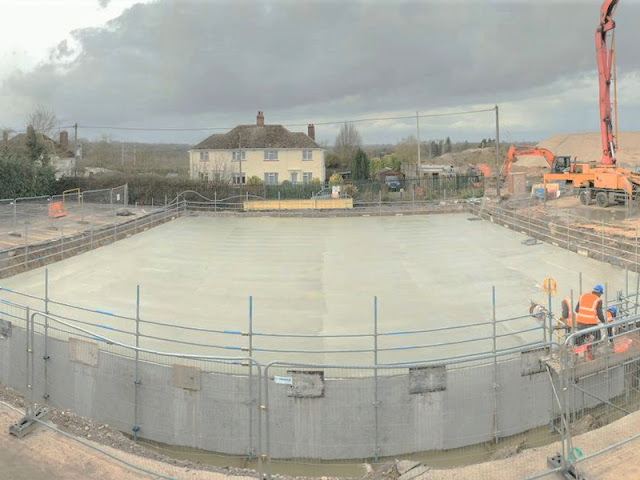Why stormwater runoff is a problem and how to manage it?
While we all love rain as it has a special soothing effect, heavy rainfall is the cause of many problems in cities. Due to the abundance of impervious surfaces all around, the rainwater does not find a way to seep into the ground. While the stormwater drainage network channels the rainwater from their source point to the nearby water bodies, it does not prevent flooding in case of heavy rainfall. A flood can damage social infrastructure facilities, homes, and businesses.
Also, as rainwater carries away everything that comes in its way, it is the main cause of nonpoint source pollution. When stormwater runoff picks up oil, grease, metals, and pesticides from various places and rushes into nearby storm drains, it finally pollutes water in streams, lakes, rivers, and bays. Pollution from stormwater disturbs the aquatic ecosystem. Plus, this water becomes unfit for consumption and causes many water-borne diseases, such as botulism, cholera, E. coli infection, and amoebiasis.
How to prevent the problems caused due to stormwater runoff
- To prevent flooding due to stormwater runoff, each residential and commercial project should install a stormwater attenuation system. This system comprises a stormwater attenuation tank which collects the rainwater falling on the concrete surfaces of a building, such as rooftops and window shades.
- As stormwater attenuation tanks can be installed underground, it does not eat up extra space. Once water is stored into the stormwater attenuation tank, it can be allowed to rest for some time before being released to the main stormwater drainage system. Allowing the stormwater to rest for some time helps the dust particles to settle down.
- To prevent stormwater pollution, you should assure that the rainwater collected in the stormwater attenuation tank should pass through clean surfaces. Therefore, clean the rooftop, lawn, and other surfaces in the outdoors on a regular basis. Make sure you do not wash your car on the lawn and avoid accidental spills from cars. Also, keep animals out of streams.
- You should not avoid dumping anything into the storm drain. Otherwise, it will cause blockage in the pipes, leading to waterlogging. Also, avoid spraying fertilizers in your garden before the rain. If possible, educate yourself and your family about your local watersheds.
- Implementing green infrastructure practices, such as rain gardens, planter boxes, green roofs, and permeable pavements help in slowing the flow of stormwater runoff and preventing water pollution. These techniques make the combined use of soil and green plants to prevent all the problems due to the overflow of stormwater. Soil and plants are excellent filters that absorb most physical and chemical pollutants present in the stormwater runoff. Plus, they also help in restoring the natural hydrological system.
Conclusion- Both stormwater attenuation system and green infrastructure practices are cost-effective approaches to managing the impacts of wet weather that has many environmental, social, and economic benefits. Both these techniques focus on mitigating the flow of stormwater runoff and preventing it from carrying away trash, fertilizers, and other pollutants from the urban landscape. They also prevent erosion and flooding in urban streams thereby eliminating damage to the habitat, property, and infrastructure.



Comments
Post a Comment